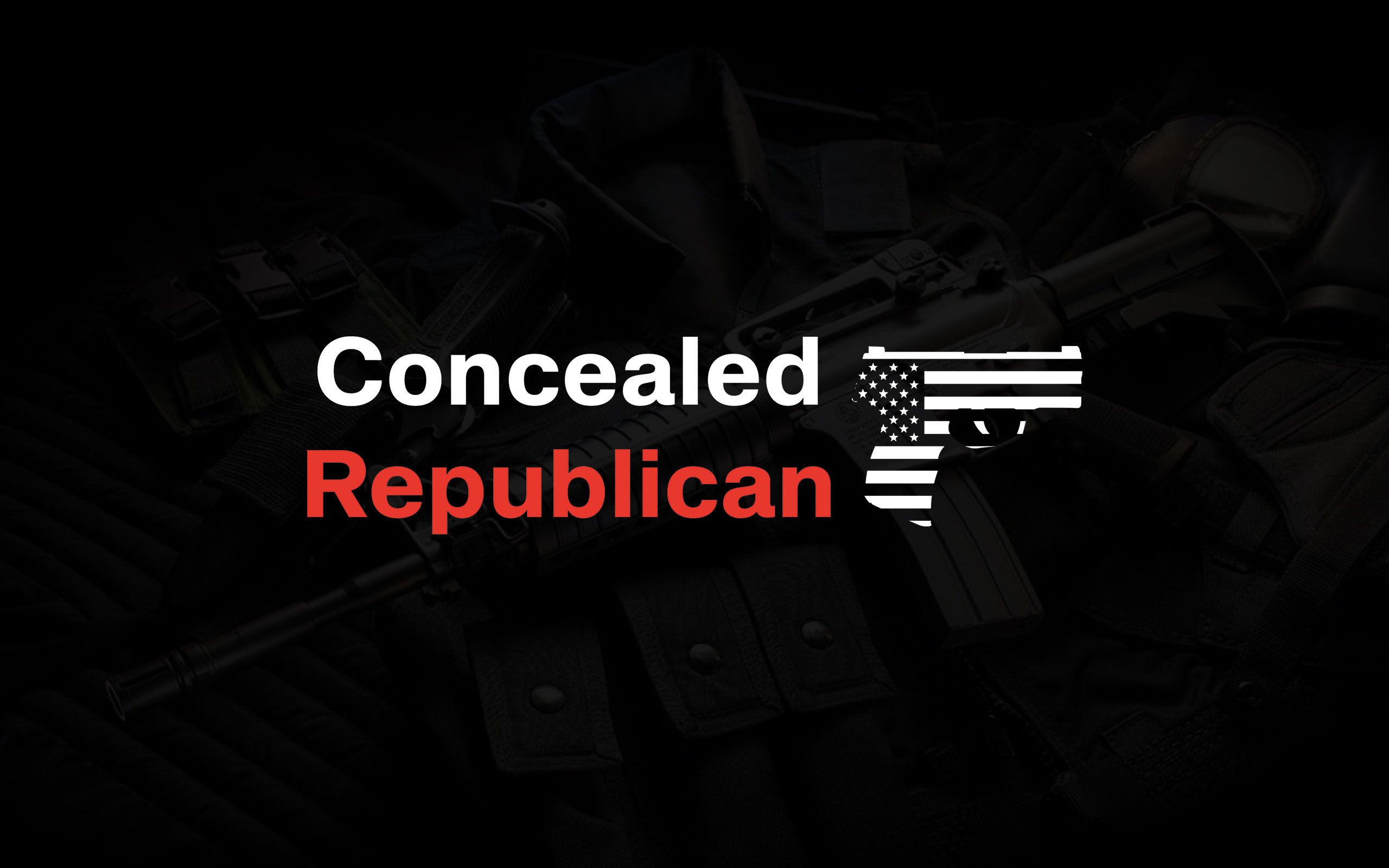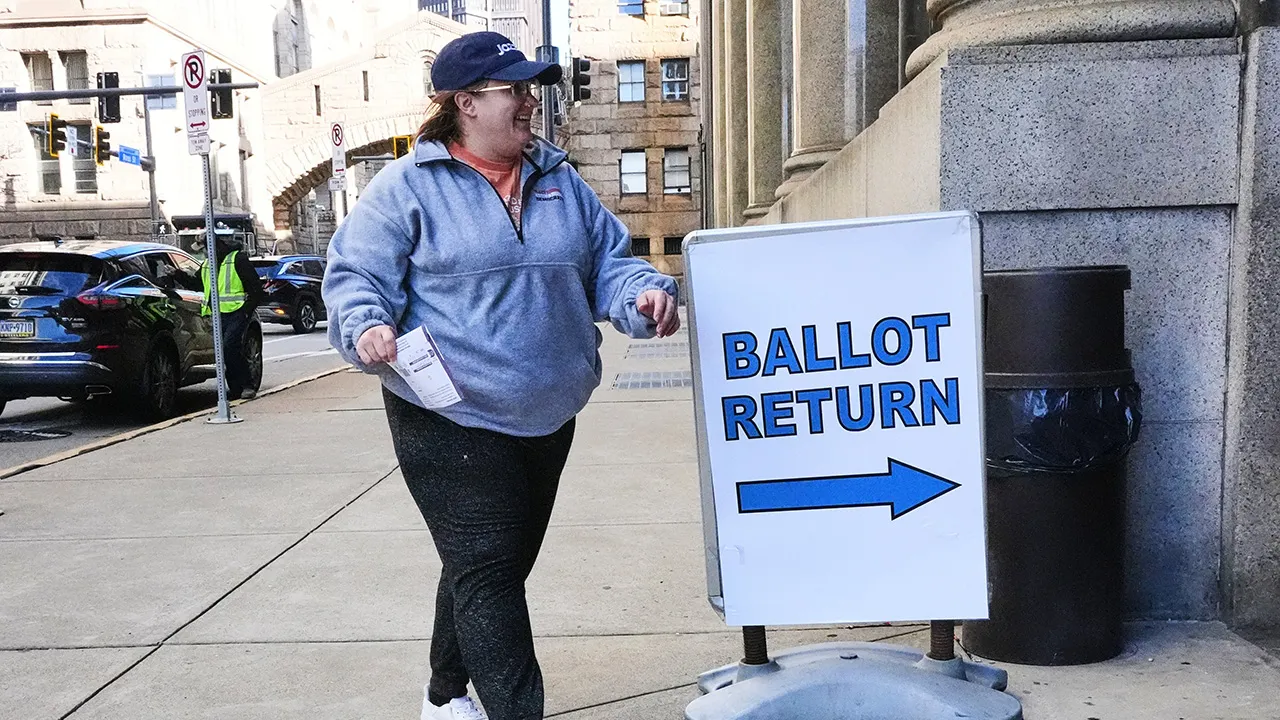The National Rifle Association is asking the Supreme Court to hear the appeal of an Illinois man sentenced to 30 months in federal prison for possession of an unregistered short-barreled rifle, arguing that those arms should fall under the protection of the Second Amendment.
NRA-ILA attorney Joseph Greenlee is the main author of the cert petition filed on behalf of Jamond Rush, and his petition makes a strong case that the federal restrictions on SBRs are a violation of our right to keep and bear arms.
Greenlee contends that there is no historical tradition that supports registration and taxation requirements for arms in common use, like short-barreled rifles, and as such the taxation and registration requirement imposed by the National Firearms Act violates the Second Amendment. Greenlee also argues that the Supreme Court has previously said that all bearable arms are, prima facie, protected by the Constitution, but the Seventh Circuit Court of Appeals never even questioned whether SBRs fall under the rubric of the right to keep and bear arms.
The Seventh Circuit below “decline[d] to make a step one finding that short-barreled rifles are ‘arms’ protected by the Second Amendment’s text.” Despite this Court’s precedents, the Seventh Circuit rejected Rush’s argument “that the text of the Second Amendment extends to all ‘bearable’ arms” because it “is contrary to our own precedent.”
“By contorting” this Court’s “precedents,” the Seventh Circuit limits the plain text’s coverage only to “Arms that ordinary people would keep at home for purposes of self-defense, not weapons that are exclusively or predominantly useful in military service, or weapons that are not possessed for lawful purposes,”
Applying this plain text limitation in Bevis, the Seventh Circuit “concluded that the most widely owned semiautomatic rifles are not ‘Arms’ protected by the Second Amendment.” Here, the court’s failure to recognize that short-barreled rifles are covered b ythe plain text is equally “nonsensical.”
SBRs are used in a handful of crimes each and every year, so the vast majority of the more than 500,000 registered short-barreled rifles are clearly used for lawful purposes. Are they in common use? Greenlee persuasively argues in the affirmative.
As the Seventh Circuit acknowledged, “[a] Bureau ofAlcohol, Tobacco, Firearms and Explosives statistic cited by Rush states that there were 532,725 registered short-barreled rifles in the United States in 2021”—despite the onerous regulations imposed by the NFA. In Caetano, Justice Alito determined that “stun guns are widely owned and accepted as a legitimate means of self-defense across the country”because “approximately 200,000 civilians own stunguns … who it appears may lawfully possess them in 45 States.” Applying this standard to short-barreled rifles, they are certainly common. Americans owned 532,725 short-barreled rifles as of 2021, and like the stun guns in Caetano, it appears that civilians may lawfully possess them in 45 states.
If short-barreled rifles are in common use, then by the Supreme Court’s own precedent they cannot be considered “dangerous and unusual”. That means they are protected by the plain text of the Second Amendment, and as Greenlee says, there’s no historical precedent for taxing protected arms.
The NFA burdens the right to keep and bear armsby imposing taxation and registration requirements on specified arms, and by prohibiting interstate travel with such arms without advance permission. It was enacted to prevent ownership of the regulated arms. See, e.g., National Firearms Act: Hearings, supra, at 50 (Representative Samuel Hill referring to the regulation as a “prohibitive tax”).
As for short-barreled rifles, no one argued when the NFA was enacted that short-barreled rifles were exceptionally dangerous weapons or preferred by criminals. Rather, since Congress initially intended to include handguns in the NFA, short-barreled rifles were apparently included to prevent citizens from circumventing the handgun restriction by carrying shortened rifles instead.
The Seventh Circuit below concluded that the NFA’s restrictions on short-barreled rifles are “likely” consistent with “the government’s historical analogues for barrel-length regulations, registration and taxation requirements, as well as regulations of dangerous and unusual weapons.” But none of those historical regulations are relevantly similar to the NFA’s restrictions.
The NRA’s brief contends that the “historical regulations on barrel length” cited by the Seventh Circuit were militia acts that specified the barrel lengths of arms that certain militiamen were required to provide during their service. As for the supposed tradition of taxing and registering firearms, the Seventh Circuit looked at a few colonial “muster” laws,” a 1631 Virginia law requiring ‘arms and munitions,’ be recorded, and “an 1856 North Carolina law.”
Arguably those three citations aren’t enough by themselves to amount to a national tradition, but Greelee notes that the “hows and whys” of those regulations differ from the rationale for the NFA.
The militia laws applied only to militiamen and only to militia arms to help ensure that the militia was sufficiently armed to defend the community.
Virginia’s 1631 census law applied more broadly. It required the “comanders of all the severall plantations” to take a census of the inhabitants and their goods, including “armes and munition” as well as a variety of other items including “corne, cattle, hoggs, goates, barques, boates, gardens, and orchards.”
This law intended to ensure that Virginians could fulfill their legal duties under Virginia law for mandatory firearms possession and carrying—for example,Virginians were required to carry firearms while working in their fields or attending church. This “why” fulfills a purpose opposite that of the NFA—to ensure possession and carriage of firearms rather than discourage it. Moreover, the census law was enacted 160 years prior to the Second Amendment’s ratification, and this Court has emphasized that historical laws that became obsolete long before the Founding “shed little light” on the Second Amendment.
The NRA’s brief is well worth a read in its entirety. Greenlee does an excellent job of laying out the many reasons why the Seventh Circuit was wrong to conclude that short-barreled rifles aren’t protected by the Second Amendment, and provides a compelling argument for SCOTUS to grant cert; not only to rectify the injustice done to Jamond Rush, but to ensure that the Court meant what it said when it declared that only those arms that are “dangerous and unusual” fall beyond the Second Amendment’s protections.
It’s also great to see the NRA take an aggressive stance in challenging the restrictions of the National Firearms Act. One of the common complaints from gun owners about the NRA is that it hasn’t been nearly as aggressive as they’d like. Both on its own and with its recent litigation partnerships with groups like FPC, GOA, and SAF, the National Rifle Association is acting boldly and assertively in taking on some of these long-standing infringements. As an NRA Benefactor Life Member I’m thrilled to see the organization’s new legal offensives. I just hope the Supreme Court doesn’t disappoint us once again by rejecting another case of critical importance to our right to keep and bear arms.
Read the full article here








![Key War on Terror Architect and Former VP Dick Cheney Passes Away at 84 [WATCH] Key War on Terror Architect and Former VP Dick Cheney Passes Away at 84 [WATCH]](https://www.lifezette.com/wp-content/uploads/2025/11/2025.11.04-06.26-lifezette-690a45698bcdd.jpg)


